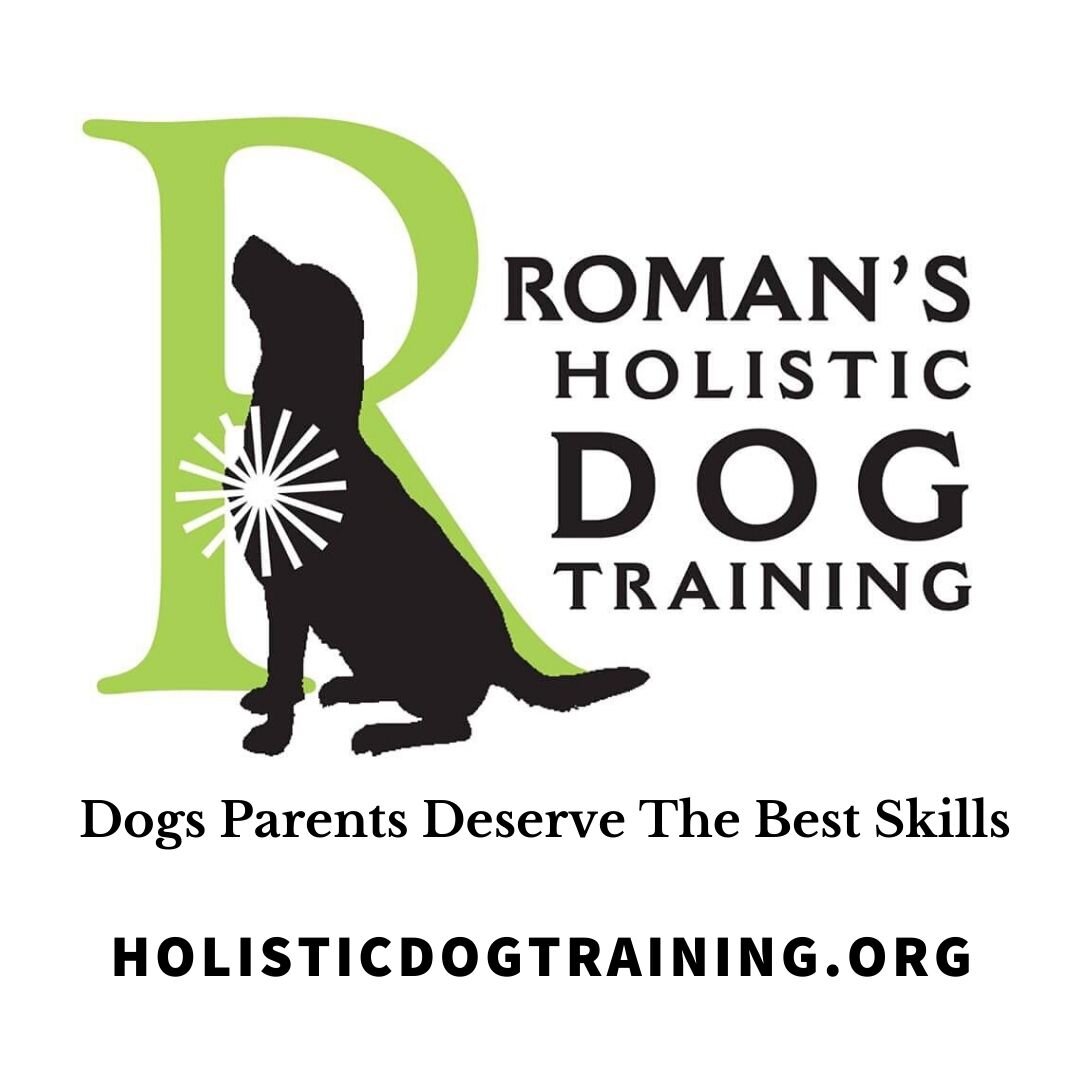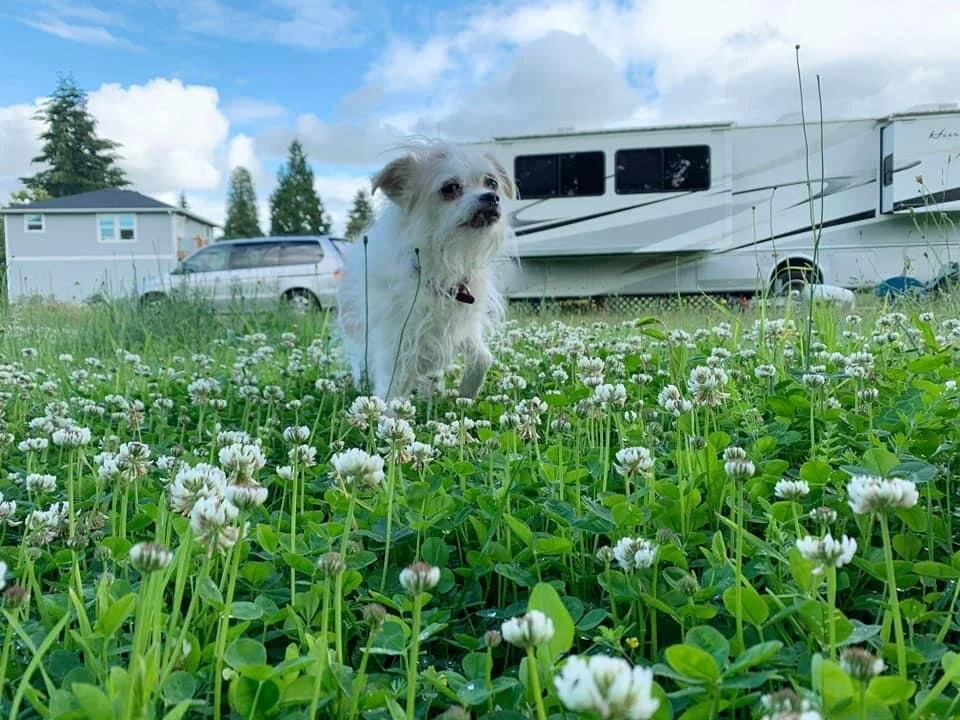Seizures can be extremely frightening and distressing for you to witness as a dog owner. Your dog will seem fine one minute and the next start convulsing.
Convulsions are defined as contractions or involuntary muscle movements. Think of your dog's brain as the electrical circuit to the body controlling movements. When a seizure occurs, that circuit board goes haywire.
It is critical not to interfere with your dog while he is having a seizure, as it may injure him or yourself.
Types of seizures
THERE ARE TWO TYPES OF SEIZURES- Focal and Generalized.
Focal or Petit Mal seizures affect half of the brain, and typically only a portion of that half. This type of seizure is called a simple seizure because your dog remains conscious throughout the seizure.
How Do I Know My Dog is Having a Seizure?
Some symptoms to look for if your dog has a focal seizure:
Involuntary muscle movements such as facial twitching or leg twitching
Muscles may contract and relax
Your dog may have balance issues and look as if they are going to fall over or can’t get up
Hallucinations- your dog may look at the air and start barking or growling.
Focal seizures can be so short or subtle that you may not even notice that your dog is experiencing one.
The other type of seizure is called a Generalized seizure, sometimes referred to as a complex partial seizure. You may have heard this type of seizure called Grand Mal.
Generalized seizures affect both sides of the brain. They can start as a partial seizure, but then move into a generalized. Typically, your dog will lose consciousness during this type of seizure.
Some other symptoms to look for:
Aggression
Extreme Fear
Biting the air around him
Chomping or tongue biting
Dropping to the ground
Losing bowel or bladder
Foaming of the mouth - or real sticky saliva that runs out of his mouth uncontrollably
Temporary loss of vision
There are other categories or types of Generalized seizures.
These include:
• Atonic
This is involuntary muscle contractions which make your dog collapse to the ground
• Tonic
Muscle contractions or stiffness that can last minutes long
• Clonic
Involuntary muscle contractions that result in rapid jerking such as paddling.
• Tonic-Clonic
The tonic phase that is quickly followed by the clonic phase
• Myoclonic
Irregular and frequent jolts or movements that can happen on both sides of the body.
• Cluster
More than one seizure that happens within 24 hours where your dog regains consciousness between seizures.
• Status Epilepticus
A single seizure that lasts more than 5 minutes. It can also mean more than one seizure occurring over a short period where your dog does not regain full consciousness between each seizure.
After a seizure, whether it is Petit-Mal or Grand-Mal, your dog may act dazed and confused and more often than not, will sleep for several hours.
WHAT CAN CAUSE my dog to have SEIZURES?
Ingesting poison
Liver Disease
Kidney Disease
Head Injury
Low or High Spikes in blood sugar
Thiamine deficiency
Vaccinations
Seizures of unknown origin are called idiopathic.
Seizures can be genetic, but are often seen after vaccination, especially the rabies vaccine. Your dog could also become violent after the rabies vaccine, which can be temporary or long-term. In homeopathy, we refer to generalized patterns in specific disease symptoms as a miasm.
when it’s an emergency
When seizures last longer than 3 minutes more than three times in a time span of 24 hours please seek an emergency animal clinic in your area.
Deep dive
To dive a little deeper into how seizures can be genetic and how vaccinosis can be passed generationally, we look at Miasms, which are disease expression patterns.
Hahnemann's concept of chronic disease is that these deep-seated diseases are generational and predisposed. He felt that chronic diseases had been passed down from generation to generation, and they are part of the family's DNA. He believed that chronic disease has layers, or miasms, which stem from three sources.
The three main miasms are Psora, which is of the skin, making up most of the chronic disease, Sycotic, which is from Gonorrhea, and Syphilitic from Syphilis.
Hahnemann believed that if you treat the miasms, you can get through the layers of a chronic case, which will reveal changing symptoms the deeper you go and finally reveal the actual constitution. For example, the rabies miasm is associated with the disease or with the vaccination for the disease.
This does not mean that your dog has active rabies, but that he has what we call chronic rabies, a noninfectious form of it that is similar in symptoms as the live form, but on a less intense scale. This also does not mean that if a dog is aggressive, he has the rabies miasm, but it is something for you to consider to help connect the dots.
The Rabies Challenge Fund Charitable Trust determined the duration of immunity conveyed by rabies vaccines beyond 7 years [1].
Veterinarians follow up with a booster, which you would think would then ensure that your dog has lifelong immunity. Instead, they insist on revaccination, as do your town officials, a fear-based legal requirement with absolutely no medical rationale.
Duration of immunity after rabies vaccination in dogs: The Rabies Challenge Fund research study
W Jean Dodds et al. Can J Vet Res. 2020 Apr
The experience I have in my clinic is that, thus far, all of my seizure cases resulted from the rabies vaccine. All of the owners could say, with certainty, that their dog experienced their first seizure immediately to days following having the rabies vaccine.
Diagnosis
A licensed veterinarian should diagnose seizures. A dog who suffers from chronic seizures is diagnosed with canine epilepsy. Although your vet will most likely prescribe medications such as Phenobarbital and Potassium Bromide, veterinarians are now prescribing Gabapentin and Felbamate. These synthetic medications cause side effects such as lethargy, vomiting, weight loss, and coordination loss, to name a few.
These medications can also negatively affect your dog's liver over time. It is best to get a diagnosis from your veterinarian and then start your dog on the correct homeopathic remedy right away.
Research by Department of Clinical Veterinary Medicine, University of Illinois College of Veterinary Medicine, Urbana, IL concludes:
”Given that medication side effects can include sedation or agitation, more detailed review of medications received would have been indicated to rule out medication side effect as a cause of behavioral changes.” Hilary Levitin, Front. Vet. Sci., 08 November 2019
How can I help my dog with SEIZURE
Homeopathy can help with seizure disorders. Remedies can often lessen the duration, severity, and recovery time of a seizure. Homeopathy can often take the place of allopathic medication when prescribed correctly.
It is best and highly advised to consult an experienced homeopathic practitioner when dealing with such a complex imbalance, such as a seizure disorder.
Here are some remedies that I have used for seizure cases:
Belladonna- Your dog will have dilated pupils and a bounding pulse. They can become overly aggressive and could have red around their eyes, or the whites of their eyes and their ears could be red and hot. They can be destructive.
Nux Vomica- These patients are snappish and irritable. They can have alternating diarrhea with constipation.
Bufo- When this remedy is indicated, we typically see the symptoms appear during sleep or waking. The attacks are short in duration.
Stramonium- This is similar to the Belladonna patient, except there is more violence where they may attack whoever is near them, whether it is a persona or an animal. They tend to stagger and have a tendency to fall to the left side.
Cuprum Metallicum- The patient tends to lower their head or their body and collapse. Clonic-tonic paddling.
Ignatia - Your dog will lose consciousness. They can shake their head back and forth frequently and turn their body quite rapidly.
Use the utmost caution when administering homeopathic remedies while your dog is having a seizure. They may unintentionally bite you. You can drop the pellets into your dog's mouth if they are laying on their side, or you can make an aqueous solution by diluting a pellet of the selected remedy into a 2 oz glass.
Guest blog from Brenda Tobin DIHom, D Vet Hom, Cert CN, is a veterinary homeopathic practitioner. She's certified in canine nutrition, and is an animal Reiki practitioner. She treats dogs, cats, horses, farm animals, and exotics, consulting online with clients all over the world. Visit her website wellnessmattersonline.com





